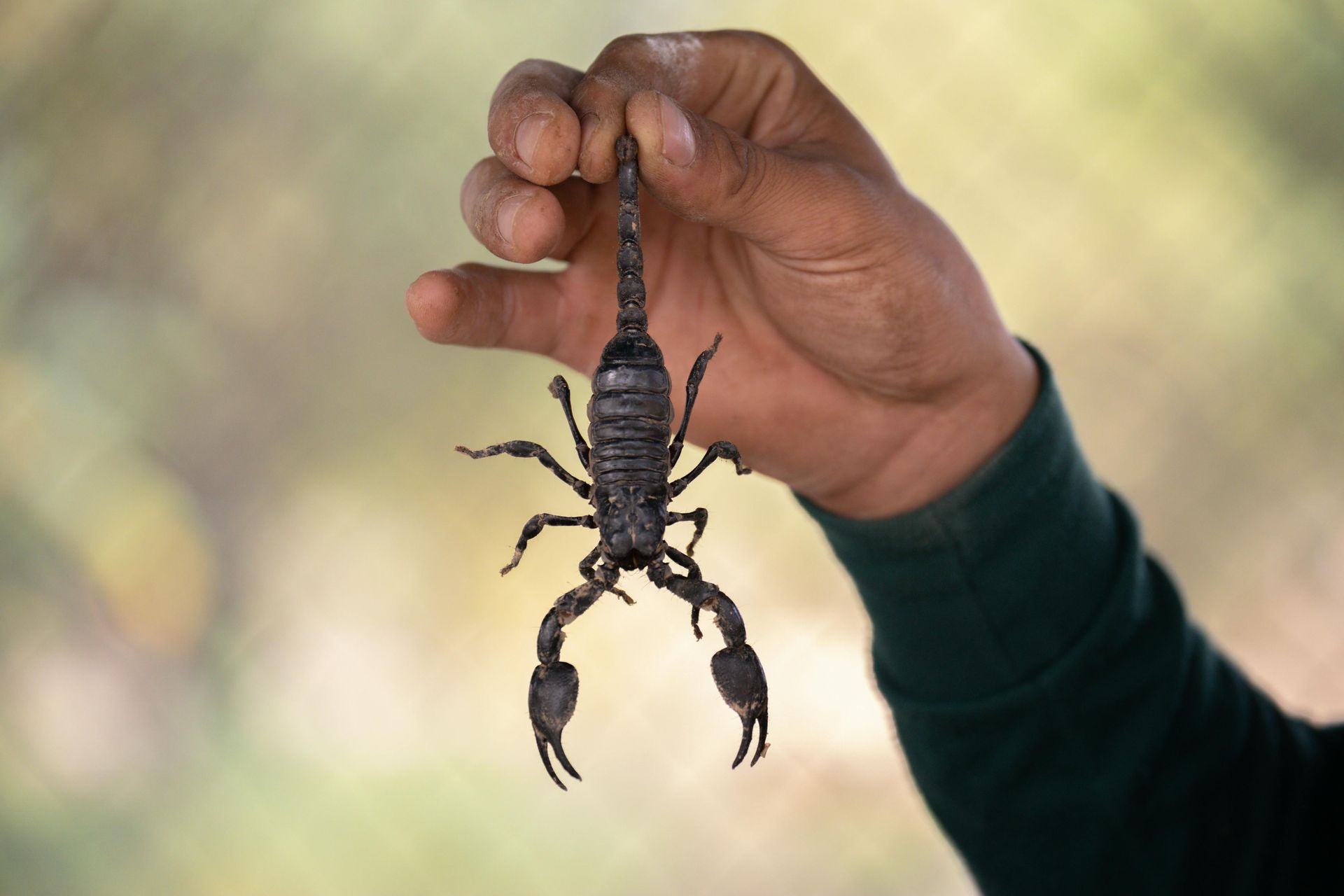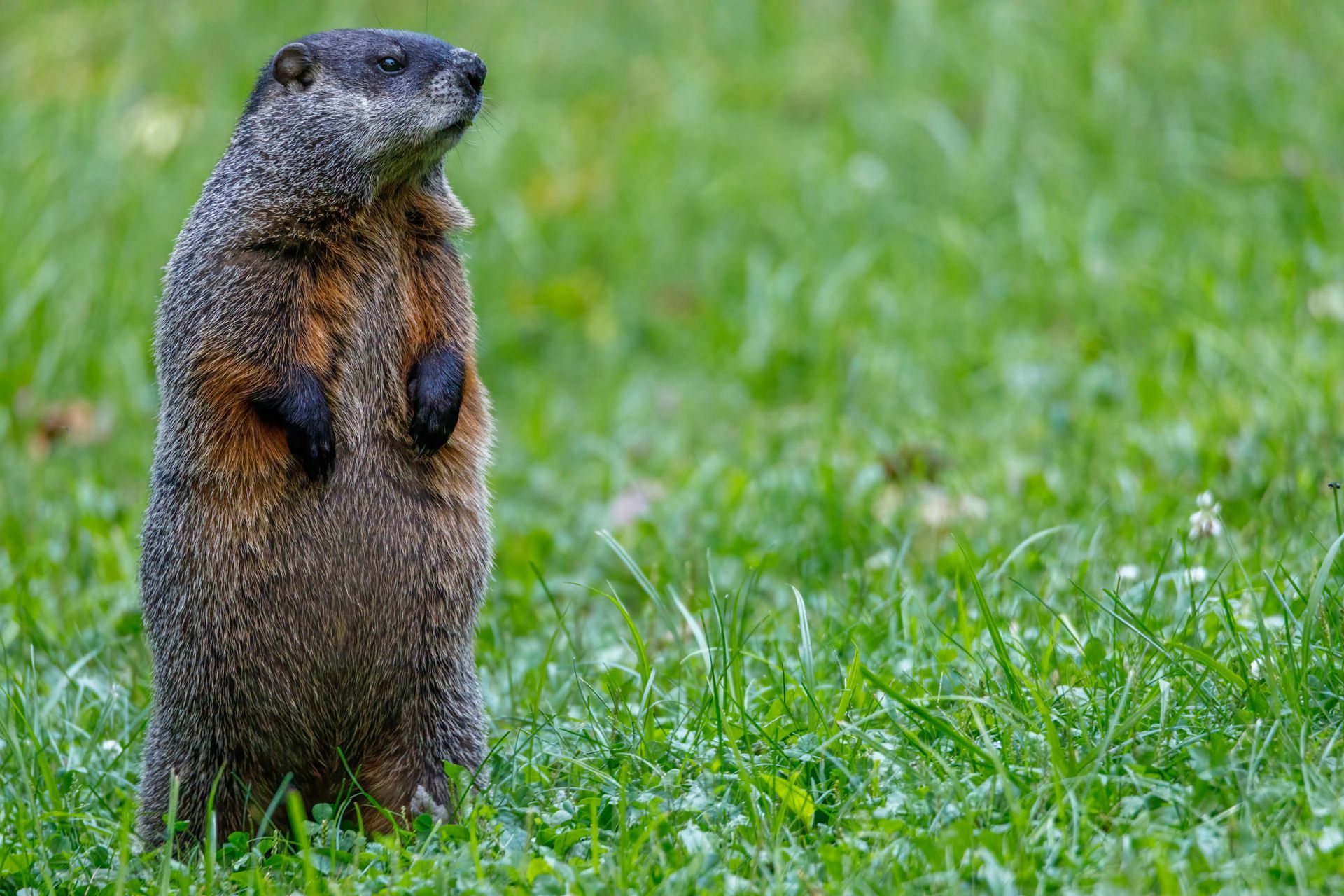Top 5 Pest Control Issues in Apartment Buildings and How to Prevent Them
Effective Strategies for Managing Common Apartment Pests

Pests can quickly become a significant issue in apartment buildings, where multiple units and shared spaces create ample opportunities for infestations to spread. For property managers, pest control is a top priority to maintain tenant satisfaction and protect the building’s reputation. Here, we’ll explore apartment complexes' top five pest control issues and outline preventative measures management can take to keep these pests at bay.
1.Cockroach Infestations
Why They’re a Problem: Cockroaches are one of the most common pests in apartment buildings. They thrive in dark, damp environments and are attracted to food scraps and moisture, making kitchens and bathrooms ideal locations. Cockroaches can spread bacteria and trigger allergies, posing health risks to tenants.
Preventative Measures:
- Regularly inspect units for leaks, as cockroaches are drawn to water sources.
- Seal cracks, gaps, and crevices around the building and within units to reduce entry points.
- Encourage tenants to keep kitchen areas clean and to take out trash regularly.
- Implement regular pest control treatments, especially in common areas like hallways and garbage rooms.
2. Rodent Issues
Why They’re a Problem: Mice and rats often enter apartment buildings seeking food, water, and shelter. They can chew through wires, drywall, and insulation, creating fire hazards and causing extensive property damage. Additionally, rodents carry diseases that can impact tenant health.
Preventative Measures:
- Block potential entry points by sealing holes and gaps around windows, doors, and pipes.
- Keep trash in sealed containers and ensure dumpsters are placed a reasonable distance from the building.
- Conduct routine inspections in the basement and storage areas where rodents may hide.
- Educate tenants on promptly reporting rodent sightings so immediate action can be taken.
3. Bed Bug Infestations
Why They’re a Problem: Bed bugs are notoriously challenging to control due to their small size, quick reproduction rate, and ability to spread between units. These pests feed on human blood and can leave tenants with itchy, uncomfortable bites, making them a severe nuisance.
Preventative Measures:
- Regular inspections of units, especially after tenants move out, should be conducted to catch infestations early.
- Train staff and tenants on identifying bed bugs, such as looking for small reddish-brown insects or dark stains on mattresses.
- Encourage tenants to avoid bringing in used furniture, which can harbor bed bugs.
- Act quickly with professional pest control services if bed bugs are detected to prevent spread to neighboring units.
4. Ant Invasions
Why They’re a Problem: Ants are common in apartment buildings, especially during warmer months. They enter buildings searching for food and are highly skilled at finding access points. While ants are generally not as harmful as other pests, they can be challenging to control once they establish a colony.
Preventative Measures:
- Keep all food stored in sealed containers to eliminate attractants.
- Seal off entry points, including cracks around doors, windows, and walls.
- Educate tenants on proper waste disposal and cleaning up food spills.
- Use ant baits in areas where ants are frequently seen, such as kitchens and entryways.
5. Fleas
Why They’re a Problem: Fleas can enter apartment buildings on pets or through shared laundry facilities. They are challenging to eradicate, especially in pet-friendly buildings, and can cause skin irritation and discomfort for tenants and pets.
Preventative Measures:
- Require tenants with pets to use flea-prevention treatments on their animals.
- Keep shared spaces, like laundry facilities, clean and free from pet hair
- Encourage regular vacuuming of carpets and furniture in pet-friendly units.
- Schedule pest control treatments in common areas and around outdoor spaces where pets frequent.
Pest control is essential in maintaining a safe, comfortable, and pest-free environment for apartment building tenants. By taking proactive preventative measures, management can effectively reduce the risk of infestations and create a cleaner, healthier space for residents. Regular inspections, education, and prompt response to pest sightings will help ensure pest problems are controlled.
Critter Repellent All Natural Animal Repellent Blog












